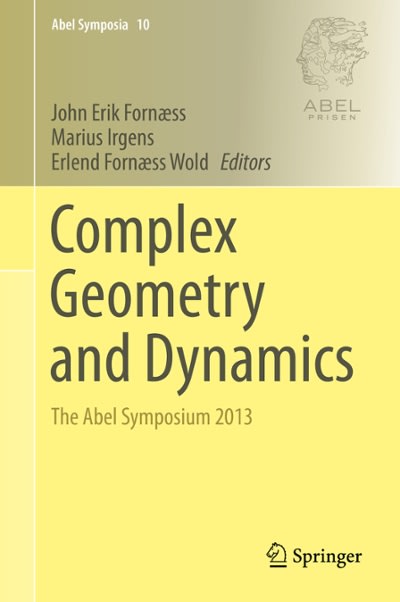(b) [10 points] Suppose that cut : (I) for all t. Show that, in this case, the economy has a steady state. Express the steadystate interest rate in terms of primitives. (C) [7 points] Now suppose that the endowment grows over time: Wt+1 : (1 + 9) wt, where g > 0. In this case, does there exist a steady state, that is, an equilibrium in which the consumption of a typeA consumer grows at the same rate as the consumption of a typeB consumer? Explain why or why not. 4. Consider a neoclassical growth model in which the government has government expen ditures equal to g in every period. The government finances these expenditures by taxing labor income at a proportional rate 735 in period t. The government balances its budget in every period: for all t, the tax rate \"rt is chosen so that periodt expenditures (i.e., g) are exactly equal to the revenues raised by the labor income tax. The economy is populated by a continuum (of measure one) of identical consumers. Each consumer has preferences 2,010 t (log(c:t) + A log( 15)), where ct is periodt con sumption, t is periodt leisure, and /3 E (0, 1). Consumers do not value government expenditures, so that government expenditures are a pure drain on output in this economy: the aggregate resource constraint is 2} : 5t + it + 9', where 3],: is aggregate output in period t, at is aggregate consumption in period t, and it is aggregate investment in period 13. Each consumer is endowed with 160 units of capital in period 0 and with one unit of time in each period. In each period, consumers rent the services of capital and labor to firms in competitive markets. Firms maximize profits and produce output according to: y : kanl'o', where y is output, is is capital, and n is labor supply; the parameter oz E (0,1). Finally, capital accumulates according to kt+1 : (1 6)kt + 93,5, where 6 6 (0,1]. (a) [10 points] Carefully define a recursive competitive equilibrium for this economy. (b) [10 points] Show that the steadystate capitaltolabor ratio does not depend on government expenditures 9. (C) [6 points] How do changes in g affect aggregate labor supply in the steady state? If you cannot obtain a complete answer, then display an equation that relates steadystate labor supply to g and explain how you could use this equation to answer the







